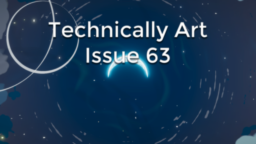- Vulkan SDK release contains a graphics vkconfig tool to allow users to configure layer settings
- can be enabled to control which layers are active, filter error messages, etc
- the SDK now also contains Vulkan Synchronization validation and distributes the DXC compiler for PC, Mac, and Linux
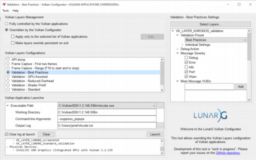
- the Unity tutorials show how to implement a fire effect using a camera facing quad with shader based noise to wrap a noise texture to create the look

- the Siggraph 2020 talk presents the derivation of a point light attenuation that eliminates the singularity as the distance approaches 0
- achieves this by treating point lights as simplified spherical lights
- provides comparisons against other solutions
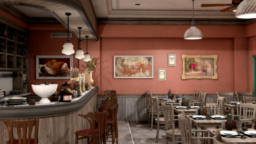
- the article shows an overview of what vertex displacement mapping techniques are and how to generate data using Mudbox for use with Unity
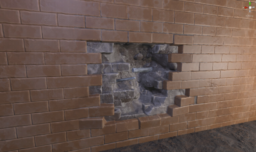
- the article an overview of the complexities with Pipeline management in D3D12 and Vulkan applications
- showing why many AAA release include long shader compilation steps at application startup time
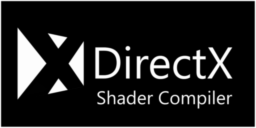
- the article shows the theory of perspective projects and discuses perspective distortion
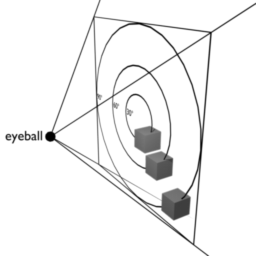
- the Unity tutorial shows how to write a simple fullscreen heat haze shader an apply in the different rendering pipelines
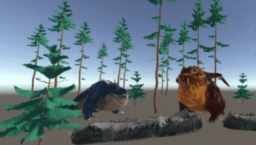
- the article provides at the authors work of the last 8 years
- this provides a great insight into how large scale engines evolve overtime to solve new requirements and improve
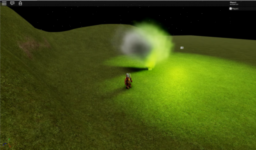
- this video tutorial shows how to implement an Overwatch magical shield effect
- a transparent material with pulsating energy effects
- the effect is achieved in Unity using the visual amplify node graph system
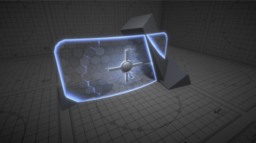
Thanks to Spencer Sherk for support of this series.
Would you like to see your name here too? Become a Patreon of this series.
